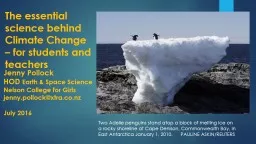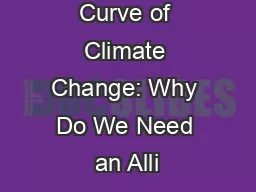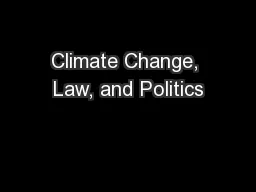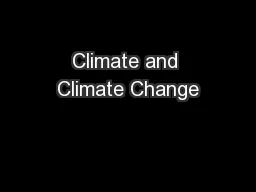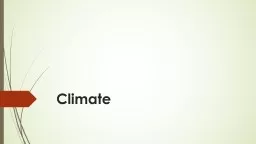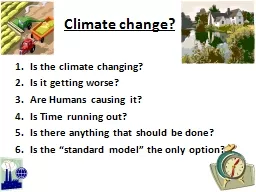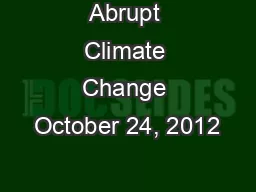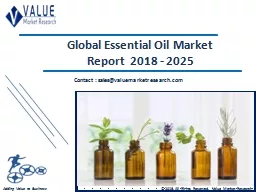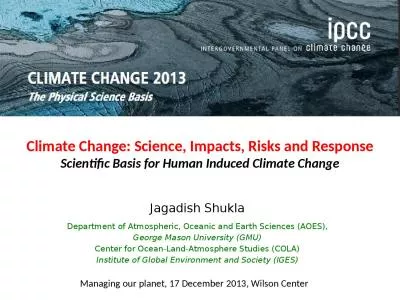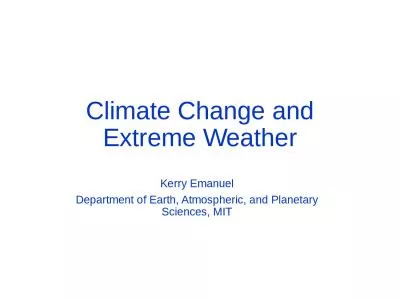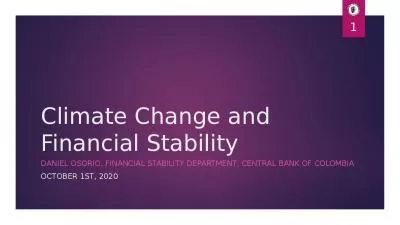PPT-The essential science behind Climate Change – for students and teachers
Author : lois-ondreau | Published Date : 2018-11-05
Two Adelie penguins stand atop a block of melting ice on a rocky shoreline at Cape Denison Commonwealth Bay in East Antarctica January 1 2010 PAULINE ASKINREUTERS
Presentation Embed Code
Download Presentation
Download Presentation The PPT/PDF document "The essential science behind Climate Cha..." is the property of its rightful owner. Permission is granted to download and print the materials on this website for personal, non-commercial use only, and to display it on your personal computer provided you do not modify the materials and that you retain all copyright notices contained in the materials. By downloading content from our website, you accept the terms of this agreement.
The essential science behind Climate Change – for students and teachers: Transcript
Download Rules Of Document
"The essential science behind Climate Change – for students and teachers"The content belongs to its owner. You may download and print it for personal use, without modification, and keep all copyright notices. By downloading, you agree to these terms.
Related Documents

